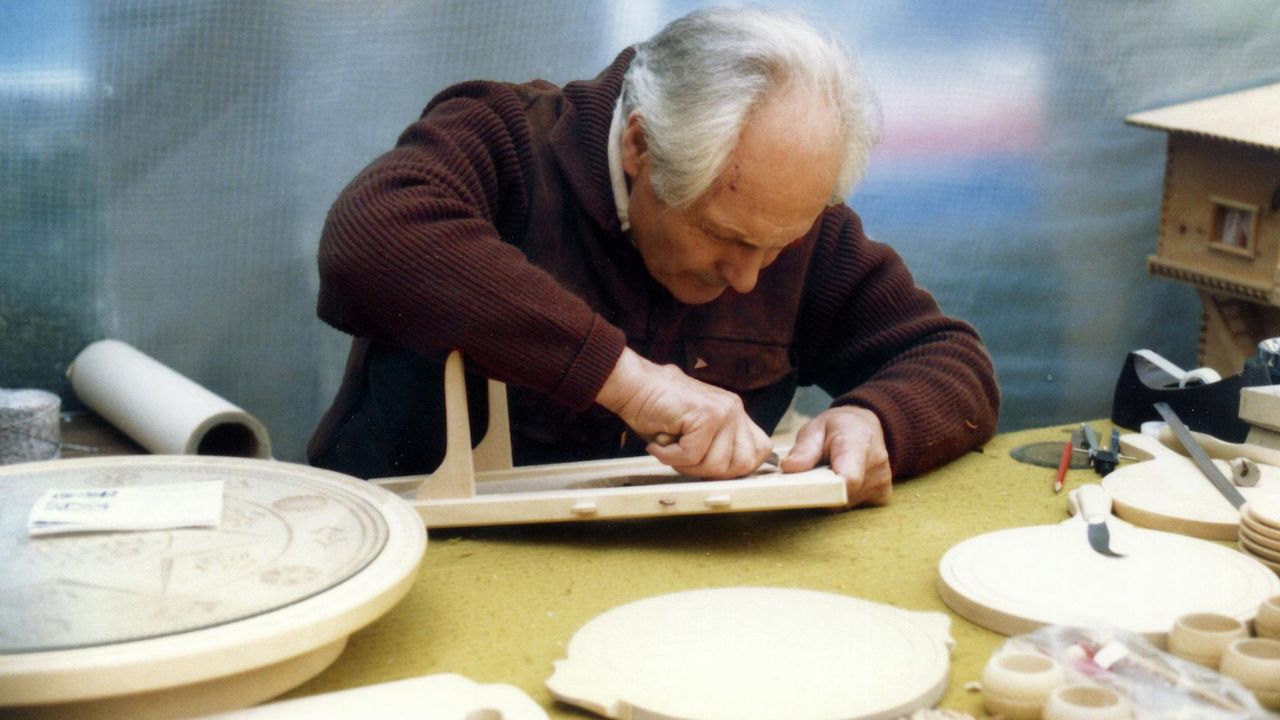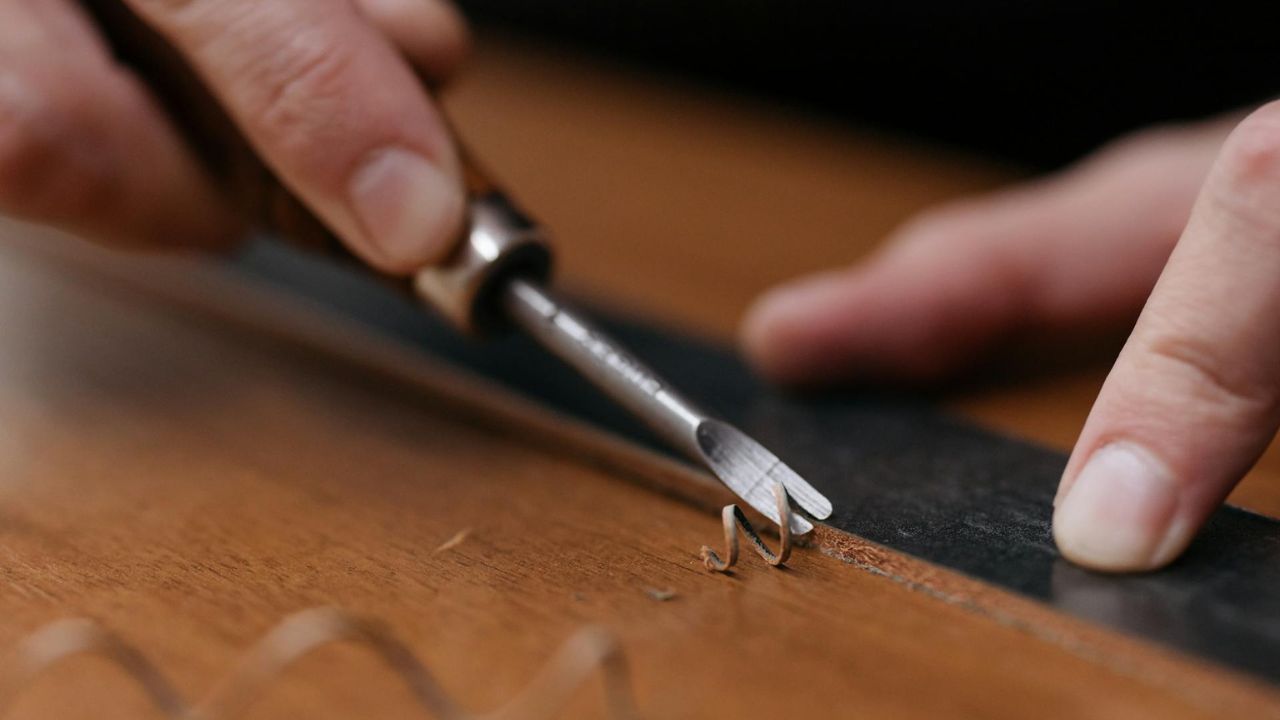How to Sand Wood Properly? A Comprehensive Guide to Smooth, Professional Results
One of the most basic and yet fundamental steps in woodworking—whether it be refinishing a piece of old furniture, preparing your new project that needs to be stained afterward, or simply smoothing out the rough edges of cut lumber—proper techniques of sanding are what will determine the final result. Following is a quick run-through of how one goes about properly sanding wood, from choosing appropriate tools down to mastering just the right technique that always does a job well.
Take Your Woodworking to the Next Level! Build 16,000 Woodworking Projects With Step-By-Step Plans
Why Sanding Wood Matters
Sanding is not just a preparatory function; it is the backbone of a perfect finish. Proper sanding removes the defects and opens up the pores of the wood for uniform absorption of stains and even flow in finishes like painting or varnishing. If this is not done accordingly, even expensive woods will look amateurish and unbalanced.
For example, a furniture DIY project, if not sanded, will remain with the coarse uneven surface that degrades its look. As opposed to a sanded one—a well-sanded surface looks professional and feels nice to touch.
For quality tools that may ease your time of sanding, see this recommended product to learn how effective the time/labor would turn out to be.
Materials/Tools Needed

It is quite instrumental to prepare the correct type of materials and tools before going forward with the practical sanding work. Below, one would take a note on various elements needed:
- Sandpaper: Ranging from 40 to 60 for the coarse job and unto 220 and so on for that finer completion.
- Sanding Blocks: They put on uniform force, thus not allowing any part of the surface from going uneven.
- Power Sanders: Orbital sanders, belt sanders, and detail sanders for larger projects so the process will go much faster.
- Safety Gear: Dust mask, safety goggles, and gloves for protection from wood dust and other debris.
- Tack Cloth: In between stages of sanding for cleaning the surface.
For a wide range of sanding tools, follow this link for products that best fit your needs.
How to Sand Wood: A Step-by-Step Guide
1. Prepare the Surface
Before sanding, wood must be cleaned of dust and dirt or an old finish. If so, vacuum off or wipe with a tack cloth or slightly dampened cloth the debris on the surface. If it is deeply scratched or dented, it will be good to fill these with wood filler and let the wood dry before attempting to sand it.
2. Selecting the Right Sandpaper Grit
Proceed with the grit starting from coarse for major imperfections at 40-80, move into medium for smoothing at 100-150, and finally fine at 180-220 for a polished surface. Technically, it is said that one should not skip grits because that will further cause unevenness in the results; hence, this is a needed step of progression, accordingly.
3. Sand with the Grain
Always sand in the direction of the grain and never across, to avoid scratches for a smooth finish. Cross-sanding causes unsightly marks that become hard to remove.
4. Use Sanding Block for Flat Surfaces
A sanding block evenly spreads out the pressure and helps avoid irregular surfaces. Use foam sanding pads or blocks that are cut for curved or intricate areas.
5. Check Your Progress
Smoothing Between Grits: Running your hand over the surface after each grit feels out for rough spots, then a bright light is shined in to find any imperfections and the needed adjustments are made.
6. Clean Between Grits
Now onto the next grit—dust particles cleaned either by vacuuming or going over it with a tack cloth since they may scratch the wood.
7. Finish with Fine Grit
For a fine, finish-ready surface, use 220-grit or finer sandpaper, thereby ensuring the wood is smooth enough to take a stain, paint, or seal.
Common Sanding Mistakes

- Don’t Skip the Grits: Meaning not jump too quickly from coarse to fine without interim steps, which may leave your wood with scratches hard to eliminate.
- Sand Too Much: More pressure on the sander and longer will damage the wood, especially in soft species of wood such as pine.
- Not Wearing Safety Equipment: Inhaling wood dust is injurious to health, and hence a dust mask and safety goggles are highly recommended.
- Sanding Off the Grain: Scratches running off the grain of the wood ruin its natural beauty.
- Sanding Between Coats: Dusty material remaining on the surface interferes with the finish of the coat, giving you an unsightly finish, which has a coarse or uneven appearance.
For the help of tools avoiding these mistakes, refer to this recommended product.
How to Sand Different Types of Wood
- Softwoods (Pine, Cedar): Make use of lighter pressures and finer grits, thus avoiding gauging the surface.
- Hardwoods (Oak, Maple): Can take coarser grits to start but need fine grits for a polished finish.
- Plywood: Edges may splinter easily; always use a sanding block to provide even pressure.
- Reclaimed Wood: Always look first for nails and other hidden debris before sanding. Use coarse grit to remove the old finishes.
How to Sand Between Coats of Finish
It is always necessary, to get a professional-quality result, to lightly sand between stain and paint or between varnish coats, using the 220- to 320-grit fine-grit sandpaper, dust off the surface, then apply the succeeding coat for its best adhesion, excellent result.
Conclusion
Proper wood sanding is one of the most important tools in a woodworker’s arsenal and also for the ordinary DIYer and homeowner. The following steps will take you through how you get those professional, smooth finishes that bring out the beauty, adding durability to your wood projects.
Remember, the right tools make all the difference. To check out quality sanding products that truly deliver, check out this link.
It could be anything from minor ‘do-it-yourself’ to big furniture. Good sanding makes that creation stand out for all the right reasons.
Take Your Woodworking to the Next Level! Build 16,000 Woodworking Projects With Step-By-Step Plans
Can You Make Money Selling Woodworking Projects?
What Woodworking Project is Most Profitable?
How to Make Money Fast with Woodworking?
What is the Highest Paid Woodworker?
Is Woodworking a Good Business to Start
What is the Best Platform to Sell Woodworking Projects?
How to Sell Wooden Items Online?
Woodworking Related Topics And Tags: Wood Sanding, Sanding Techniques, DIY Woodworking, Sanding Tools, Wood Finishing, How to Sand Wood, Woodworking Tips, Sandpaper Grit Guide, Power Sanders, Wood Projects, Sanding Wood Flawlessly, Woodworking for Beginners, Sanding Mistakes, Wood Surface Preparation, Professional Wood Sanding, Sanding Between Coats, Wood Grain Sanding, Sanding Blocks, Woodworking Guide
